Instead of defining a piecewise function via def, use the built-in piecewise class:
f = Piecewise([[(-infinity, 0), 3*x+3],[(0, infinity), -3*x+3]])
f.integral()
Output:
Piecewise defined function with 2 parts, [[(-Infinity, 0), x |--> 3/2*x^2 + 3*x], [(0, +Infinity), x |--> -3/2*x^2 + 3*x]]
The piecewise functions have their own methods, such as .plot(). Plotting does not support infinite intervals, though. A plot can be obtained with finite intervals
f = Piecewise([[(-5, 0), 3*x+3],[(0, 5), -3*x+3]])
g = f.integral()
g.plot()
But you also want to subtract g(0) from g. This is not as straightforward as g-g(0), but not too bad, either: get the list of pieces with g.list(), subtract g(0) from each function, then recombine.
g0 = Piecewise([(piece[0], piece[1] - g(0)) for piece in g.list()])
g0.plot()
And there you have it:

By extending this approach, we don't even need to put finite intervals in f from the beginning. The following plots g - g(0) on a given interval [a,b], by modifying the domain:
a = -2
b = 3
g0 = Piecewise([((max(piece[0][0], a), min(piece[0][1], b)), piece[1] - g(0)) for piece in g.list()])
g.plot()


